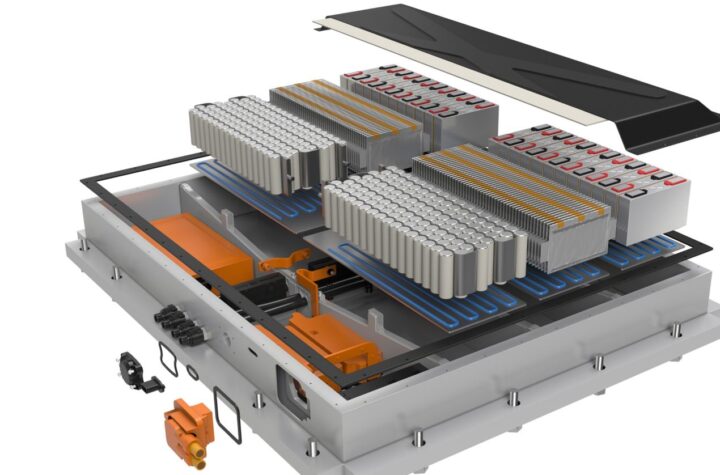
The FlexRay protocol is expected to be a comprehensive communication system, providing speed, flexibility and scalability for complex networks. The protocols key features include:
Time and event-triggered communication schemes
Support of fault-tolerant systems
High error detection and error diagnosis capability
Support of different network topologies for cost-effective and safety-enhanced partitioning of the system
Dedicated automotive electrical physical layer with sophisticated powerdown and wake up mechanisms
Flexible extendability and full scalability to enable upgrades
Among the applications that the FlexRay protocol is expected to make possible are x-by-wire systems such as brake-by-wire and steer-by-wire. X-by-wire removes the
need for hydraulic and mechanical systems, connecting the driver to these systems using sophisticated electronic systems that are less expensive to build and easier to maintain. Other applications that the FlexRay protocol is expected to enable include active and passive safety systems, collision avoidance systems, powertrain management systems and driver assistance systems. With a gross data rate of 10 Mbits/sec, FlexRay delivers approximately 20 times higher net bandwidth than the CAN protocol currently used in advanced automotive control applications.












More Stories
Your Guide to Filing a Car Accident Claim
Steps to Take Immediately After a Car Accident
What Makes SUV Cars More Prone to Accidents?